In today’s hyper-digital age, your website is much more than just an online presence. It’s your brand’s digital signature, telling your story, showcasing your values, and communicating your vision to the world.
For those in key roles, such as marketing directors, small business owners, or project managers, understanding the nuances of branding is paramount.
And that’s exactly what we’ll delve into here – a curated list of the best branding website examples from 2023 to inspire and guide you.
Over the years, numerous businesses, spanning from Oregon to all corners of the US, have tapped into the transformative power of strategic website branding. They’ve reaped the benefits, and so can you.
By the end of this article, you’ll gain insight into some of the best branding website examples from 2023.
This knowledge will inspire you and empower you to make informed decisions about your own branding, ensuring that your website not only looks good but also resonates with your target audience.
Jump to:
- What Makes a Branding Website Successful in 2023
- Immersive Customer Experience
- Radical Marketing Approach
- Unconventional Design and Content
- Community Engagement and Inclusive Design
- Targeted User Experience for Niche Products
- Storytelling and Community Building
- Industry-Specific Content and Features
- Minimalist Design with User Focus
- Professionalism in Conservative Fields
- Resource-Rich Platform for Personal Growth
- Potential Branding Pitfalls and How to Avoid Them
- Branding Website FAQs
What Makes a Branding Website Successful in 2023
In the fast-paced digital landscape of 2023, successful branding website examples of 2023 is no longer just about sleek design or intuitive navigation. While those aspects remain important, the best-performing websites today focus on a multitude of factors that provide value, engage the audience, and differentiate the brand from its competitors. Here’s what stands out:
1. Immersive Customer Experience
An immersive experience aims to fully capture the user’s attention and imagination, creating a deeper emotional connection between the brand and the customer. This experience often involves high-quality visual elements, interactive features, and personalized touches that collectively turn the online visit into a memorable journey rather than a simple transaction.
Example: Pronovias
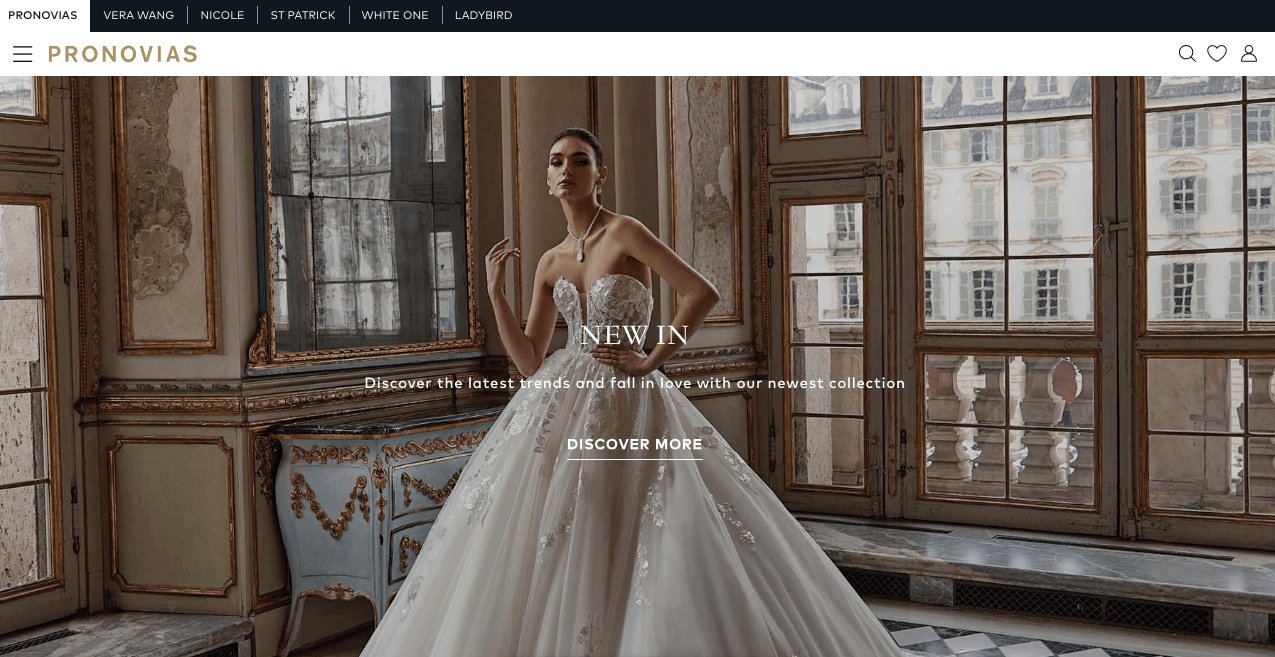
Image source: https://www.pronovias.com/int_en/
Pronovias’s website is as dreamy and elegant as the wedding dresses it offers. The user experience is akin to stepping into a virtual bridal boutique. From the homepage to the product pages, it’s clear that the focus is on beauty and luxury.
High-quality images, 360-degree views of dresses, and options to book an appointment all work together to make the website more than just a shopping platform; it’s a journey towards one of the most significant days in one’s life.
2. Radical Marketing Approach
In a digital landscape saturated with similar offerings and templated marketing strategies, a radical approach can break through the noise and grab attention. Such an approach can foster deep emotional engagement, converting visitors not just into customers, but into passionate brand advocates. This helps to differentiate the brand and create a unique market position that is hard to replicate.
Example: Liquid Death
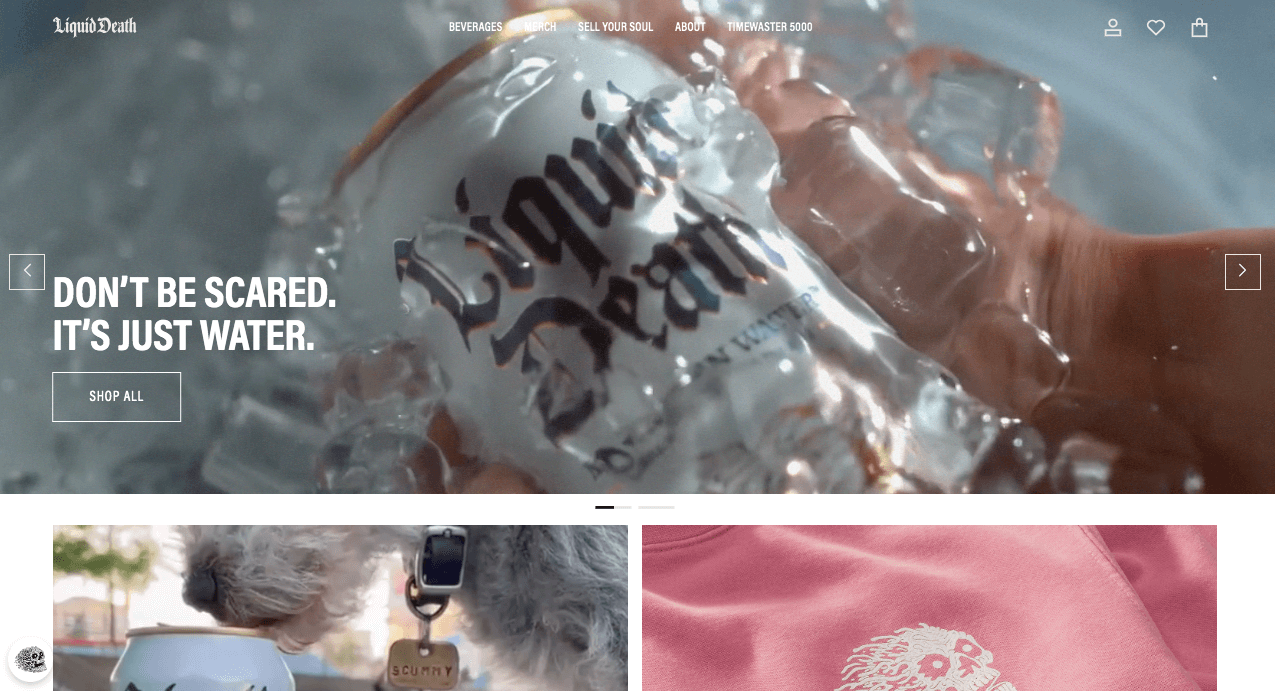
Image source: https://liquiddeath.com/en-ph
While Liquid Death may not boast the most polished website, what sets them apart is their radical approach to marketing. Their strategy demonstrates a deep understanding of their target audience, who appreciate humor, irony, and a bit of rebellion.
For instance, Liquid Death has even created an album solely from the comments of their haters, viewable on YouTube. This initiative cleverly turns criticism into engagement, making it a win-win situation for the brand and the consumer alike.
3. Unconventional Design and Content
Unconventional design and content are more than just aesthetic choices; they are strategic decisions that challenge the status quo and create memorable experiences. This disrupts the viewer’s expectations and provokes emotional reactions that aid in memory retention. The goal is to transcend the transactional nature of commerce to create something shareable and culturally relevant.
Example: Birddog
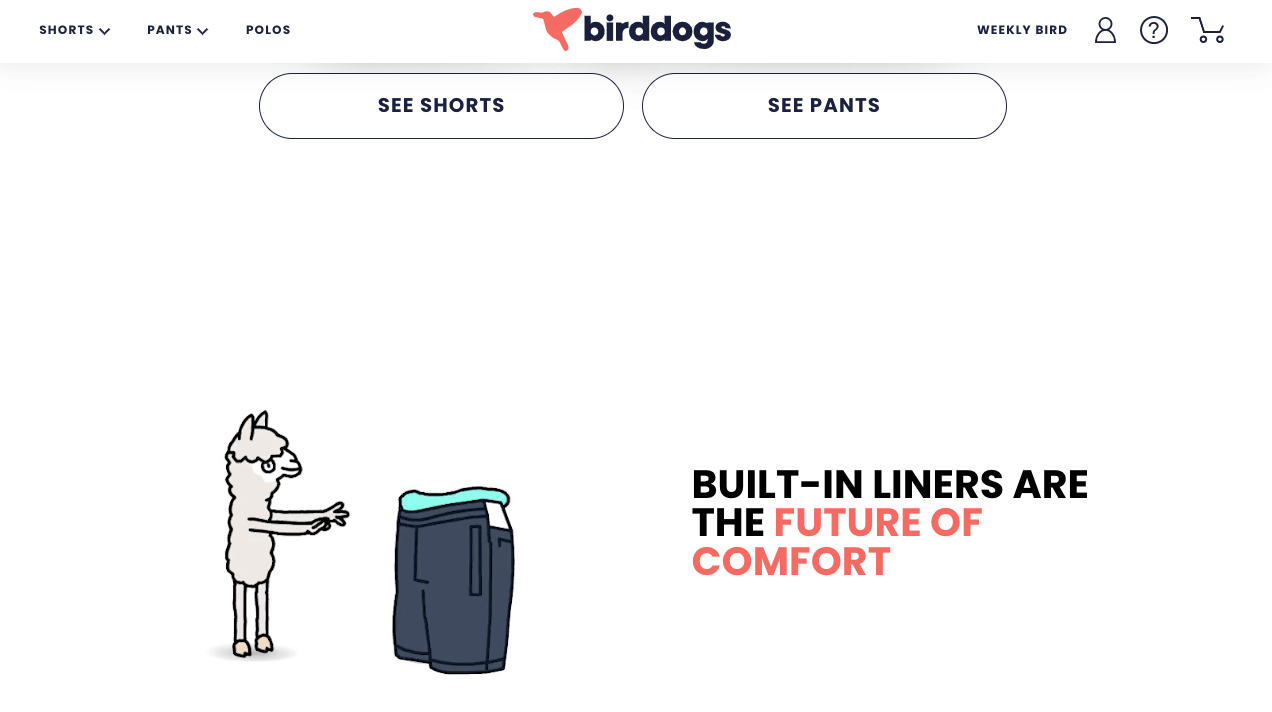
Image source: https://www.birddogs.com/
Navigating the Birddog website is like stepping into an alternate reality where everything is designed to amuse, surprise, and engage you. The brand is savvy enough to know that its target audience craves something beyond the conventional, even if they’re just shopping for shorts or pants.
Their email campaigns, social media, and website content are designed to be hilarious, weird, and incredibly captivating. This level of quirkiness isn’t just about style; it’s a strategic move to make the brand memorable and shareable.
4. Community Engagement and Inclusive Design
In today’s digital age, a website should be more than just a catalogue or information hub; it should be a dynamic platform that invites participation. Community engagement features like polls, forums, and social media integrations make visitors feel like they’re part of something bigger, fostering loyalty and increasing recurring visits. Inclusive design ensures that this community is as wide-ranging as possible, welcoming individuals from diverse backgrounds, locales, and interests.
Example: Miss Universe
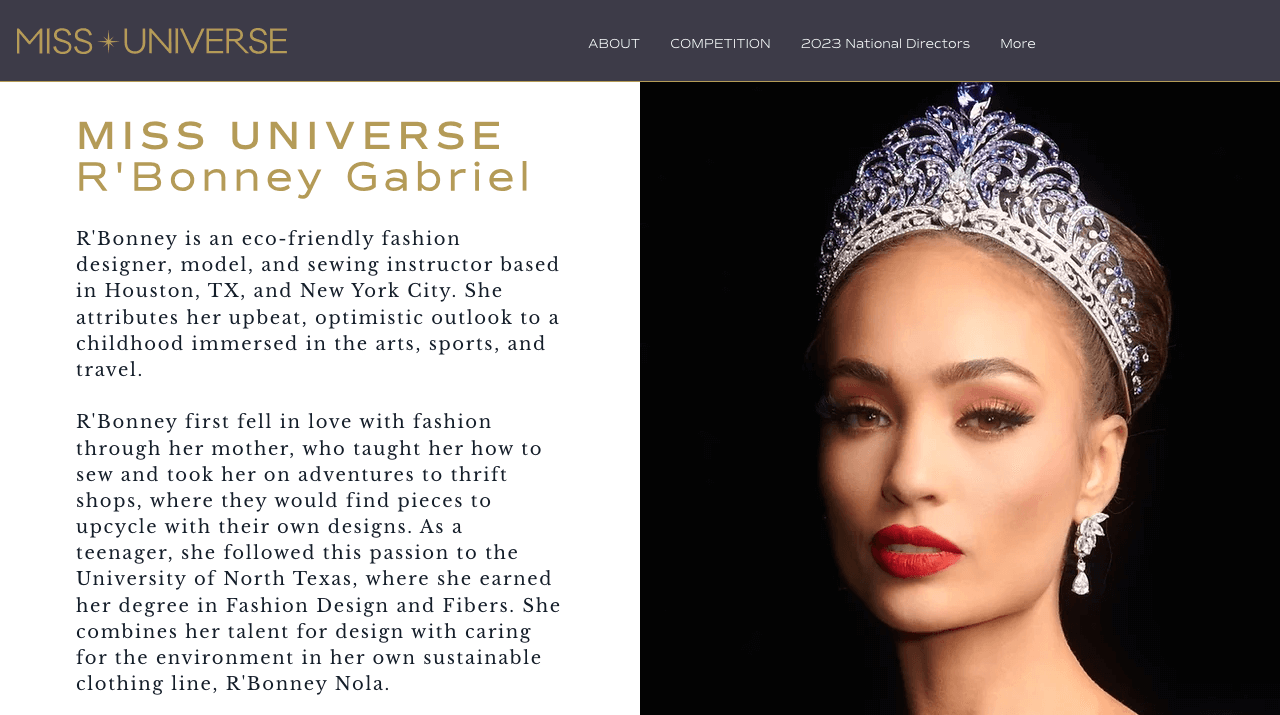
Image source: https://www.missuniverse.com/
The Miss Universe website serves as a digital stage, capturing the glamour, competition, and international camaraderie that the pageant is known for. It’s a hub of information, stories, and multimedia content geared towards a diverse audience that ranges from casual viewers to die-hard pageant fans.
The website’s design is clean but vibrant, reflecting the modern and empowering image that Miss Universe aims to portray. User experience is enhanced through well-organized tabs that cover everything from contestant profiles to news updates and event schedules.
One of the website’s standout features is its integration of social media and community involvement. Visitors can not only stay updated but can also participate in online polls and discussions, making it an interactive experience.
The Miss Universe site offers an inclusive and engaging platform that encapsulates the excitement and diversity of the event, making it a year-round destination for fans worldwide.
In the digital era, where your brand website often serves as the first touchpoint for your potential customers, integrating these components can play a pivotal role in setting the foundation for a robust online presence.
Whether you draw design inspiration from sites like Behance or craft your own website from scratch, always remember to keep your brand’s core identity at the forefront.
5. Targeted User Experience for Niche Products
Crafting a targeted user experience for niche products ensures that the website resonates with a very specific customer base. This hyper-focused strategy minimizes distractions and concentrates on solutions that directly answer the unique needs or pain points of a defined audience. It can also heighten the brand’s credibility within that particular niche, driving increased conversions and customer loyalty.
Example: Manscaped
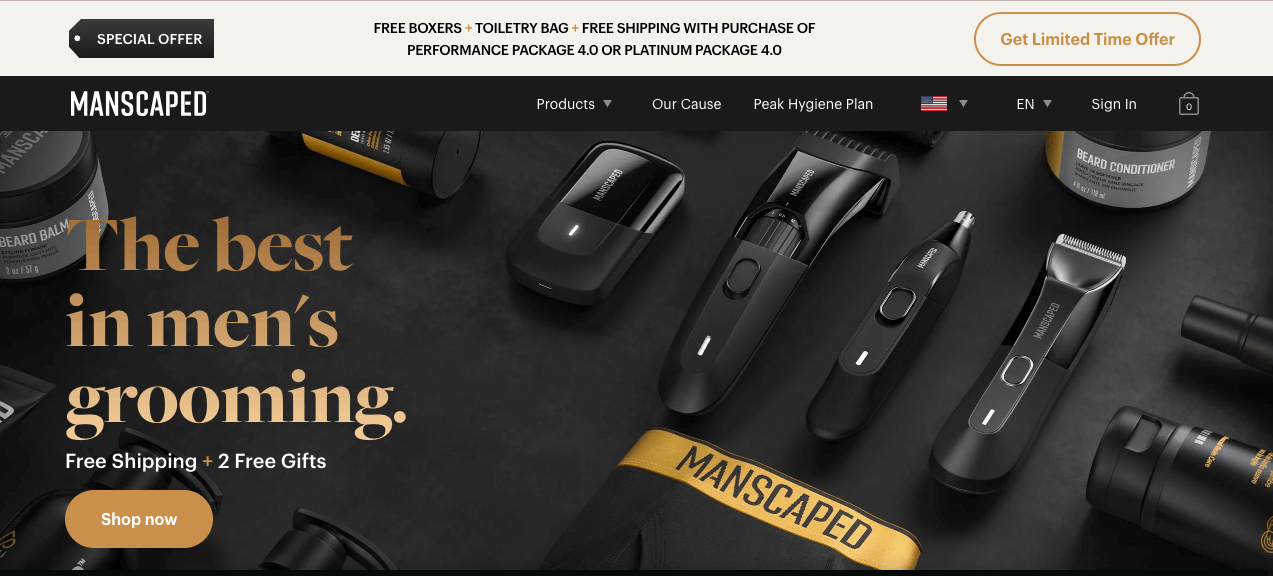
Image source: https://www.manscaped.com/
Manscaped’s website is a textbook example of how to market a niche product with flair. The UX is geared towards the male audience looking for grooming solutions. The site makes excellent use of humor, bold fonts, color scheme, pop-ups, call to action, and eye-catching imagery to grab attention.
Sections like “Why Manscaped” and product reviews are strategically positioned to overcome potential objections and build trust. The website does more than just sell products; it offers lifestyle advice, making it a go-to destination for its target demographic.
6. Storytelling and Community Building
Storytelling is one of the most powerful tools to establish emotional connections. Narratives are innately relatable and shareable, qualities that amplify a brand’s reach and impact. Community building enhances this by creating an environment where these narratives can evolve and flourish, facilitated by both the brand and its audience. This reciprocal relationship fosters loyalty and can turn consumers into lifelong advocates.
Example: Nas Daily
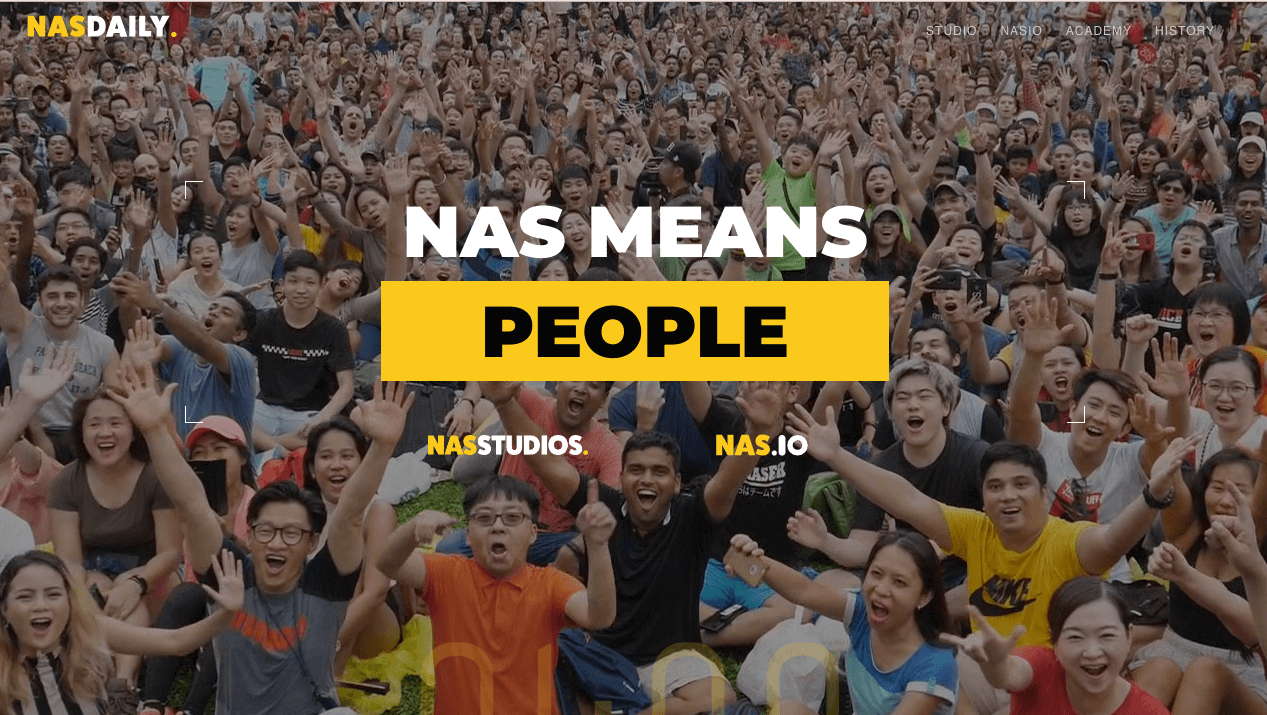
Image source: https://nasdaily.com/
Nas Daily’s website captures the essence of storytelling and community. Its UX is designed to mirror Nas’s own journey, offering courses, blogs, and videos that uplift and educate. The navigational structure is simple yet effective, allowing visitors to easily switch between different forms of content and products.
With a vibrant color palette and mobile-responsive design, the website reflects Nas’s own blend of optimism and enthusiasm. Much like his social media content, the website serves as a platform to connect, learn, and grow.
7. Industry-Specific Content and Features
The inclusion of specialized content and features creates a website that’s not just a sales platform but a comprehensive resource for industry professionals. This approach not only drives organic traffic but also fosters brand authority and credibility. Customized interactive elements can significantly improve user engagement, thereby positively influencing purchasing decisions.
Example: Matco
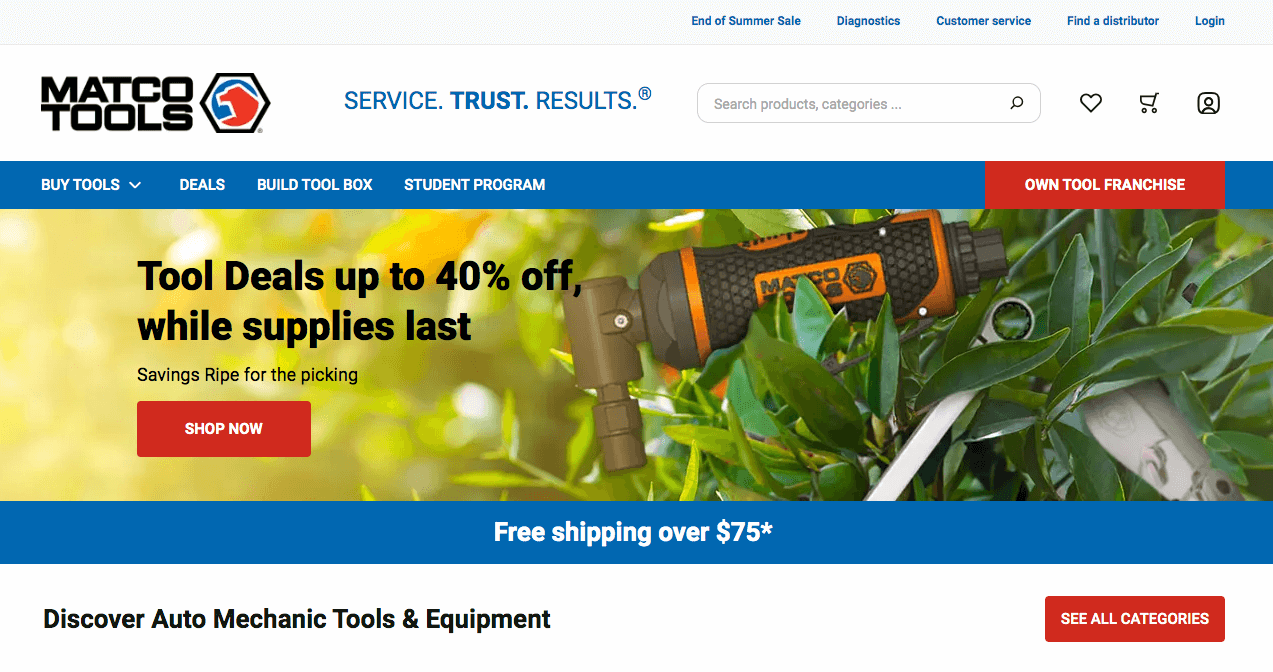
Image source: https://www.matcotools.com/
Matco’s website is engineered for its target customer base: professionals in the automotive industry. With a well-structured layout, the site provides easy access to a broad range of tools and equipment.
The website incorporates interactive elements like product sliders and how-to videos, serving as both a retail platform and an educational resource. The color scheme is kept industrial and straightforward, reflecting the brand’s focus on quality and durability.
8. Minimalist Design with User Focus
The minimalist design puts the user at the forefront, simplifying interfaces to remove unnecessary elements that could distract from the brand message. By focusing only on essential design components, brands can guide user behavior more effectively, leading to better conversion rates. Minimalism also underscores a brand’s commitment to quality and efficiency, qualities appreciated by a discerning audience.
Example: Apple

Image source: https://www.apple.com/
Apple‘s website isn’t just a product showcase; it’s an extension of the brand’s philosophy of simplicity, elegance, and innovation. Every design choice—from the minimalist color scheme to the straightforward navigation—signals to the visitor that they are interacting with a brand that values quality and user experience above all.
Unlike many competitors, Apple‘s site eliminates clutter to put the focus squarely on what matters most: their products and the lifestyle they aim to provide. With high-resolution images and carefully crafted CTAs, Apple knows how to turn visitors into customers.
9. Professionalism in Conservative Fields
In sectors where trust and credibility are paramount, a professional online appearance can make a world of difference. For industries like law, finance, or healthcare, a polished and straightforward website assures visitors of the brand’s expertise and reliability. Effective design in these spaces often strikes a balance between formality and approachability, making it easier for visitors to engage with complex or intimidating services.
Example: Arash Law
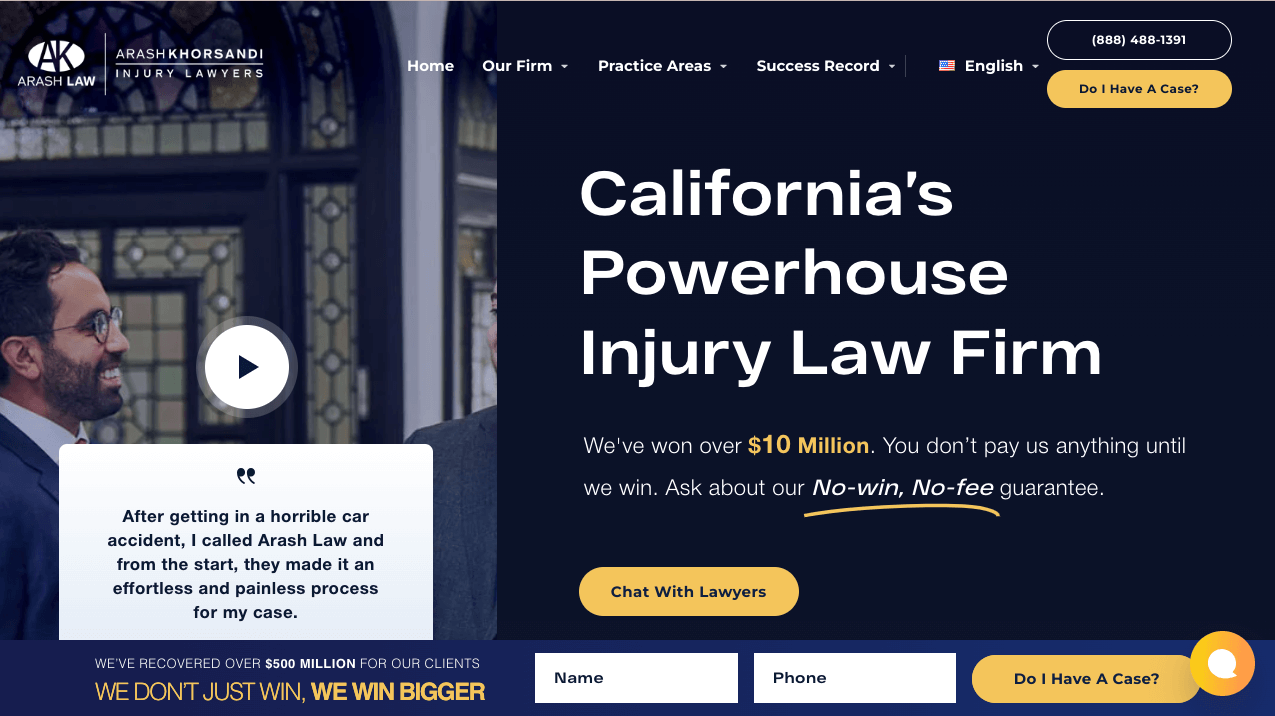
Image source: https://arashlaw.com/
The website of Arash Law stands as a testament to how even a field as traditionally conservative as law can be made engaging through exceptional UX design. The homepage gets straight to the point with bold headers, stating clearly what services are offered and who can benefit from them.
Alongside professional photos, the site features client testimonials, social proof, contact information, and resources that add value and credibility. There’s a chat function and a straightforward contact form, cutting down the intimidation factor often associated with legal services and inviting engagement.
10. Resource-Rich Platform for Personal Growth
Providing a plethora of valuable resources sets a brand up as an authority in its field, fostering trust and long-term commitment from visitors. People are more likely to engage with brands that offer more than just products or services. By contributing to the personal growth of their audience, brands can create meaningful relationships that go beyond mere consumerism.
Example: Tony Robbins

Image source: https://www.tonyrobbins.com/
If ever there was a website that encapsulated the essence of its creator, it’s Tony Robbins’s. From the moment you land on the home page, you’re inundated with a wealth of resources, success stories, and upcoming events — all aimed at personal growth and empowerment.
Much like his seminars, the website is a full-on experience. Features like a sticky top bar, scrolling animations, and an accessibility menu in the bottom right corner add layers of engagement and customization, ensuring that the site is as dynamic and multifaceted as Tony himself.
Potential Branding Pitfalls and How to Avoid Them
Branding or redesigning a website is no small feat. It’s a complex process that, when done right, can propel a business to success.
However, a few missteps can lead to potential pitfalls. Here are some of the most common challenges faced and how to sidestep them:
Lack of Consistency- One of the most common pitfalls is a lack of consistency across branding elements. This can lead to a disjointed user experience and a brand message that’s unclear or confusing.
How to Avoid: Always have a brand guideline in place. This should outline your logo usage, color palette, typography, and voice. Every element on your website should align with these guidelines.
Ignoring Mobile Users- Many brands still focus primarily on desktop designs, neglecting the growing number of mobile users.
How to Avoid: Adopt a mobile-first design strategy. Ensure your branding looks and feels consistent across all devices, especially mobile.
Overcomplication- In an attempt to stand out, some brands overdo design elements, leading to a cluttered and confusing user experience.
How to Avoid: Embrace simplicity. Prioritize user experience (UX) and ensure that the branding complements the website’s functionality rather than overshadowing it.
Not Reflecting Company Evolution- A brand that doesn’t evolve can quickly become outdated. If your branding doesn’t match your company’s current values and mission, it can confuse or alienate customers.
How to Avoid: Regularly review and refresh your brand. While you shouldn’t change your branding frequently, periodic updates can ensure alignment with company growth and evolution.
Ignoring Feedback- Not listening to user feedback can be detrimental, as users often provide valuable insights into potential branding issues.
How to Avoid: Regularly collect feedback from your users and stakeholders. Use this information to make informed decisions and adjustments to your branding strategy.
Conclusion
In a saturated market, having a website that stands out is more vital than ever. Whether you’re a marketing director, a small business owner, or someone responsible for your company’s online presence, you need insights from the best branding website examples to help you excel.
Have these branding website examples ignited inspiration for your business’s online strategy? Let the experts at Cyphon Digital help you navigate your branding journey.
Book a Free Consultation or Call us today and take the first step towards crafting a compelling and unique branding website for your enterprise.
Branding Website FAQs
- How do I create a brand website?
To create a brand website, start by defining your brand strategy and understanding your target audience.
Choose a user-friendly website design that resonates with your brand story. Incorporate high-quality design elements like an appropriate color scheme, fonts, and typography.
Web pages should be interactive, with animations and CTAs (call to action) guiding site visitors effectively. Use templates or platforms optimized for usability and SEO to simplify the process.
- What is an example of a brand-building site?
Apple‘s website is an excellent example of a brand-building site. Its minimalist web design, coupled with interactive animations and a consistent color palette, echoes its brand story of innovation and simplicity.
The homepage showcases products, testimonials, and social proof to engage potential customers effectively.
- What is an example of branding?
Coca-Cola’s red color scheme, unique typography, and logo design instantly remind consumers of the brand. Their consistent marketing strategy across social media, TV ads, and even on ecommerce websites solidifies their brand identity.
- What is a branding website?
A branding website is a platform that showcases a company’s brand design, message, and values. It incorporates elements like logo design, typography, and a specific color palette to provide a uniform user experience.
The functionality, design elements, and content all work cohesively to tell the brand story.
- What is the purpose of a branding website?
The primary purpose is to communicate a company’s brand story, values, and offerings to website visitors.
It serves as a primary touchpoint for potential customers and establishes brand credibility with elements like testimonials and social proof.
Additionally, an effective branding website example facilitates conversions through a user-friendly design and clear CTAs.
- How do I build a brand?
Building a brand involves creating a distinct brand story, logo design, and selecting a color palette that resonates with your brand message. Incorporate these elements consistently across web pages, social media, and marketing materials.
Engage with your target audience through high-quality content, podcasts, and other mediums.
7. What is the difference between branding and branding a site?
Branding involves creating a unique identity for a business, encompassing elements like logo design, color scheme, and a distinct voice.
Branding a site specifically refers to the application of these elements to a website, ensuring the site aligns with the broader brand identity through design, typography, content, and user experience.
8. Why is consistency so vital in branding?
Consistency in branding allows for easy recognition and helps build trust with your audience. It ensures that the brand message remains coherent across all touchpoints.
9. How often should I update my branding?
While there’s no set rule, it’s advisable to review your branding every 3-5 years. However, minor tweaks and updates can be made as needed, especially if the company undergoes significant changes.
10. Is branding only about visuals?
No, branding encompasses more than just visuals. It includes the company’s voice, messaging, values, and the overall experience it offers to its customers.
11. How can I gauge the success of my branding strategy?
Metrics like brand recall, user engagement, customer feedback, and conversions can provide insights into the effectiveness of your branding strategy. Regularly reviewing these metrics and seeking feedback can help you assess and refine your approach.
